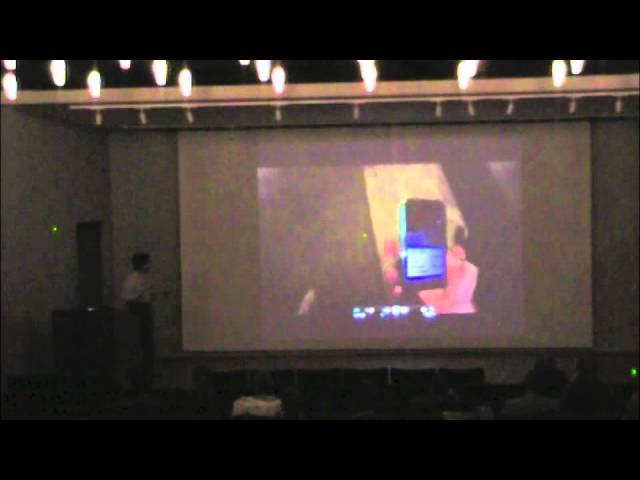Doing Science . . . Anytime, Anyplace: Using Web and Mobile Technologies to Support Nomadic Inquiry between Science Classrooms and Museums

In this second lecture of the Reimagining Engagement series, Christopher Quintana, Associate Professor of Education (Learning Technologies) at the University of Michigan, discusses how technology might be used to encourage scientific inquiry in museum contexts.
Current national K-12 science education recommendations envision expanding beyond classroom-based scientific inquiry to include out-of-class contexts, such as science museums, nature parks, etc. Such “nomadic inquiry” can help students incorporate a broader range of information and explore scientific questions, but it can also be challenging for students and teachers alike. Christopher Quintana, Associate Professor at the UM School of Education, shares how he and others are exploring how to support such nomadic inquiry with Zydeco, a scaffolded system for science inquiry that combines iPhone/iPod Touch devices with a web-based component. The Zydeco model uses mobile devices to scaffold nomadic inquiry and a web-based component to coordinate the data and observations students gather “on-the-go,” thus creating a bridge between classroom and museum contexts.
Part of the UM Museum Studies Program’s “Reimagining Engagement” series.
ChristopherQuintana currently serves as Associate Professor of Education (LearningTechnologies) at the University of Michigan’s School of Education. A computer science and engineeringbackground stimulated Quintana’s research interest in the adaptation ofhandheld devices and software interfaces to middle school, high school, andadult learning agendas. He has beenawarded four National Science Foundation grants, most recently a three-yeargrant to develop “Zydeco: A Mobile ‘Nomadic Inquiry’ System to Support andBridge Science Inquiry between Classroom and Museum Contexts,’ the subject ofhis talk with the Museum Studies Program.


